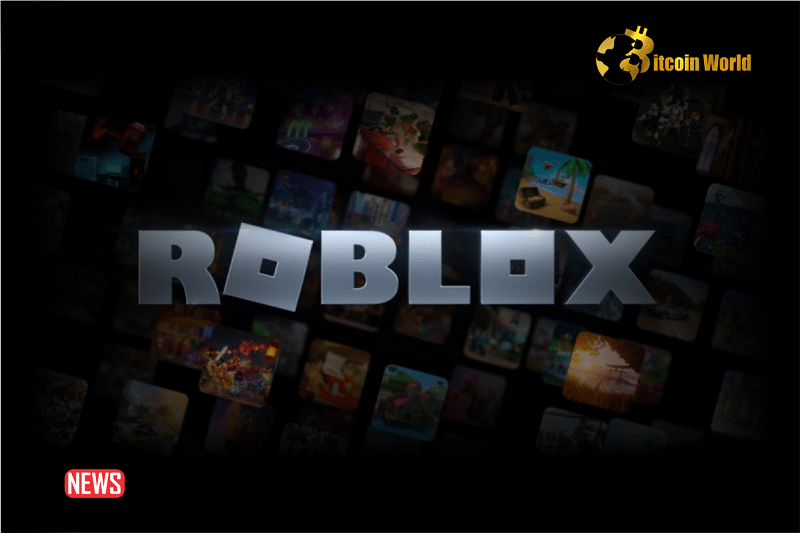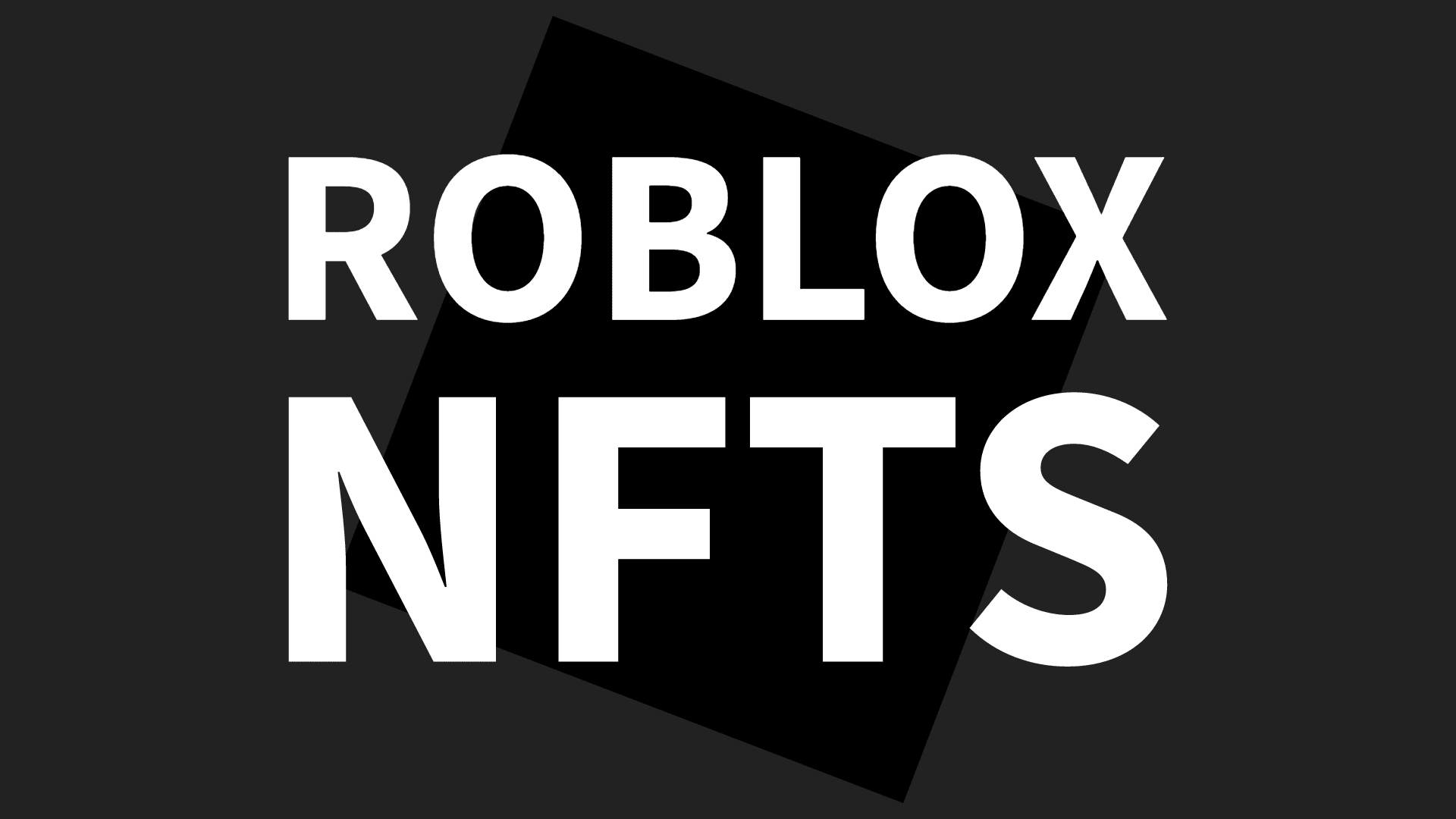How to integrate NFTs into Roblox games in 2025.
Related Articles
- How To Play Roblox Games With Family And Friends: A Guide To Epic Fun
- Unlocking The Robux Vault: A Comprehensive Guide To Earning Extra Robux In Roblox Games
- Top Roblox Games For Animal Lovers: A Guide To Unleashing Your Inner Zookeeper
- Best Roblox Obby Games For Beginners In 2025.
- Unlocking The Secrets Of Roblox Simulator Games: A Comprehensive Guide To Dominate The Virtual World
Introduction
In this article, we dive into How to integrate NFTs into Roblox games in 2025., giving you a full overview of what’s to come
Non-Fungible Tokens (NFTs) are rapidly transforming how we interact with virtual worlds, and their integration into Roblox games presents a wealth of opportunities for developers and players alike. While the technology is still evolving, 2025 promises even more seamless and sophisticated NFT integration. This article delves into the big secret tips and tricks to achieve this, exploring both established methods and emerging strategies.

I. Progression of Tips and Tricks: A Historical Perspective
The journey of NFT integration into Roblox has been a gradual but significant one. Early attempts focused primarily on external platforms, linking Roblox accounts to NFT marketplaces to showcase ownership. This approach, while functional, lacked the seamless integration desired by developers and players. It often involved clunky processes, requiring users to navigate multiple platforms and potentially compromising security.
Phase 1: External Linking (2022-2023): This initial phase saw developers experimenting with linking in-game items to NFTs held on external blockchains. The process was often cumbersome, requiring players to prove ownership via external wallets and relying on off-chain verification. This led to a poor user experience and limited adoption.
Phase 2: On-Chain Data Integration (2024): The next phase witnessed a shift towards integrating on-chain data directly into Roblox games. Developers began using APIs and smart contracts to fetch NFT ownership information, allowing for a more streamlined in-game experience. This reduced reliance on external platforms, improving both security and user experience. However, limitations remained regarding scalability and the complexity of smart contract interactions within the Roblox environment.
Phase 3: Hybrid Approaches and Custom Solutions (2025 and Beyond): 2025 and beyond will likely see a surge in hybrid approaches. This involves combining on-chain data with off-chain verification and data management systems. Custom solutions tailored to specific game mechanics and NFT functionalities will become increasingly prevalent. This allows for greater flexibility and efficiency while mitigating the limitations of purely on-chain solutions. The focus will be on creating a seamless and intuitive experience for players, hiding the complexities of blockchain technology behind elegant game design.
II. In-Depth Exploration of Integration Techniques in 2025
Integrating NFTs into Roblox games in 2025 will involve a sophisticated blend of technical expertise and creative game design. Here are some key techniques:
A. Utilizing Roblox’s Data Stores and APIs: Roblox’s robust data storage system and APIs will be crucial. Developers can leverage these tools to securely store and manage NFT metadata, ownership information, and other relevant data. This allows for efficient retrieval of information without constantly querying the blockchain, improving game performance and reducing latency.
B. Implementing Off-Chain Verification with On-Chain Validation: This hybrid approach offers a powerful solution. Off-chain data stores manage the day-to-day interactions, while periodic on-chain validation ensures the integrity of the NFT ownership data. This minimizes the load on the blockchain while maintaining the security benefits of on-chain verification.
C. Leveraging Third-Party Middleware: Several companies are developing middleware solutions specifically for integrating NFTs into game engines. These platforms handle much of the complex blockchain interaction, providing developers with user-friendly APIs and tools. This simplifies the integration process, allowing developers to focus on game design rather than low-level blockchain programming.

D. Custom-Built Smart Contracts: For highly specific NFT functionalities, custom-built smart contracts might be necessary. These contracts define the rules and logic governing the NFTs within the game, such as transferability, rarity, and in-game effects. However, this requires a high level of blockchain development expertise.
E. Decentralized Storage (IPFS): Integrating decentralized storage solutions like IPFS (InterPlanetary File System) for NFT metadata is crucial for long-term data integrity and accessibility. This ensures that even if a central server fails, the NFT data remains accessible.
III. BIG SECRET: The Unspoken Strategies for Success
The true mastery of NFT integration lies not just in technical prowess, but in understanding the player experience and leveraging the unique capabilities of NFTs to enhance gameplay. Here are some "big secret" strategies often overlooked:
A. Gamified NFT Utility: Don’t just treat NFTs as cosmetic items. Design game mechanics that actively utilize the unique properties of each NFT. For example, an NFT could grant access to exclusive areas, provide gameplay advantages, or unlock unique quests. The key is to make owning and using the NFTs integral to the game experience, not just a side feature.
B. Community-Driven NFT Creation: Engage your community by allowing players to create and mint their own NFTs within the game. This fosters a sense of ownership and encourages player participation, building a vibrant and active community around your game.
C. Dynamic NFT Attributes: Instead of static NFTs, consider implementing dynamic attributes that change based on player actions or in-game events. This adds an element of unpredictability and excitement, increasing the value and desirability of the NFTs over time.
D. Fractionalized NFTs: Allow players to own fractional shares of valuable in-game assets, making them more accessible to a wider audience. This can democratize ownership and create new opportunities for player interaction.
E. Metaverse Interoperability: Design your NFTs to be interoperable with other metaverse platforms. This allows players to bring their assets across different virtual worlds, increasing their value and utility.
IV. Conclusion
Integrating NFTs into Roblox games in 2025 will be a significant milestone in the evolution of the metaverse. The success of this integration hinges on a thoughtful blend of technical proficiency and creative game design. By focusing on seamless user experiences, engaging gameplay mechanics, and community involvement, developers can unlock the true potential of NFTs to create immersive, rewarding, and economically vibrant virtual worlds. The "big secret" lies in understanding that NFTs are not just digital assets; they are tools for enhancing player experience and building thriving communities within the Roblox ecosystem. The future of Roblox gaming is inextricably linked with the innovative use of NFT technology, and those who master its integration will be at the forefront of this exciting new era.
V. Frequently Asked Questions (FAQs)
Q1: What are the potential risks associated with NFT integration in Roblox?
A1: Risks include security vulnerabilities (smart contract exploits, data breaches), scalability issues (handling a large number of transactions), and regulatory uncertainties surrounding NFTs and virtual economies. Careful planning, robust security measures, and adherence to evolving regulations are crucial to mitigate these risks.
Q2: How much does it cost to integrate NFTs into a Roblox game?
A2: The cost varies greatly depending on the complexity of the integration, the chosen technology stack, and the level of customization required. Simple integrations might be relatively inexpensive, while complex systems requiring custom smart contracts and middleware can be significantly more costly.
Q3: What are the legal and ethical considerations?
A3: Developers must comply with Roblox’s terms of service, relevant data privacy regulations (like GDPR and CCPA), and any applicable laws regarding virtual assets and digital economies. Transparency and ethical considerations regarding in-game economies and NFT distribution are also crucial.
Q4: What are the future trends in Roblox NFT integration?
A4: Future trends include increased interoperability between different metaverse platforms, the rise of decentralized autonomous organizations (DAOs) managing in-game economies, the use of advanced NFT functionalities like dynamic attributes and fractional ownership, and a greater focus on user experience and accessibility.
Source URL: [Insert a relevant source URL here, e.g., a Roblox developer blog post or an article from a reputable blockchain news site] (Example: https://developer.roblox.com/en-us/articles/ – Replace with a real and relevant URL)
Closure
Thank you for reading! Stay with us for more insights on How to integrate NFTs into Roblox games in 2025..
Don’t forget to check back for the latest news and updates on How to integrate NFTs into Roblox games in 2025.!
Feel free to share your experience with How to integrate NFTs into Roblox games in 2025. in the comment section.
Stay informed with our next updates on How to integrate NFTs into Roblox games in 2025. and other exciting topics.

